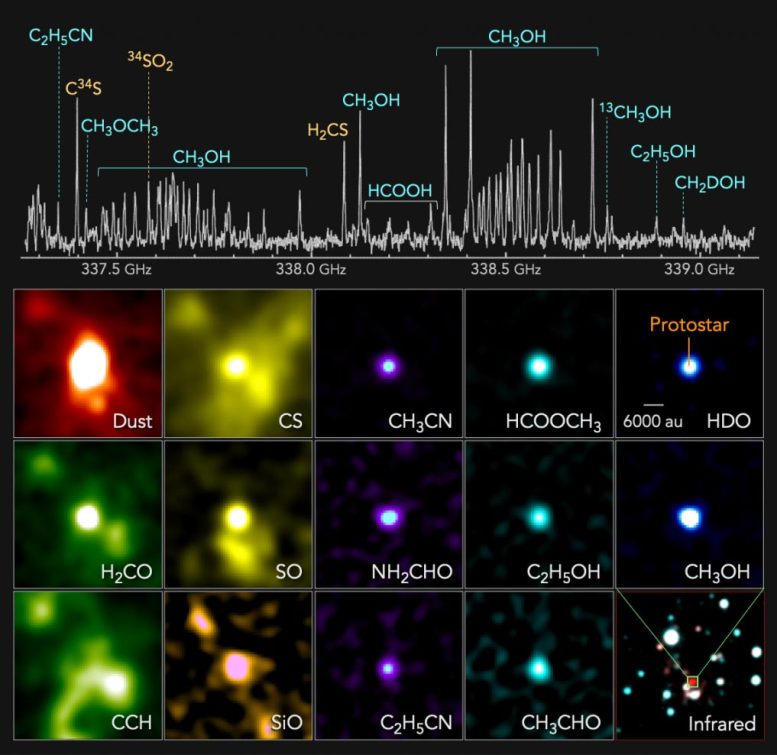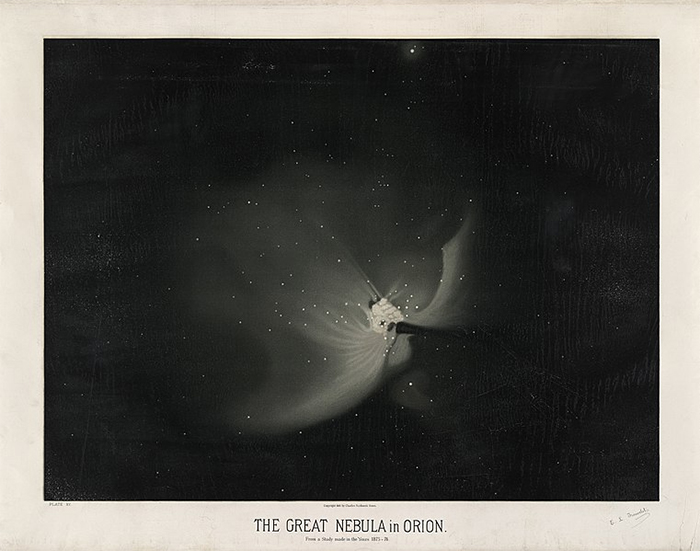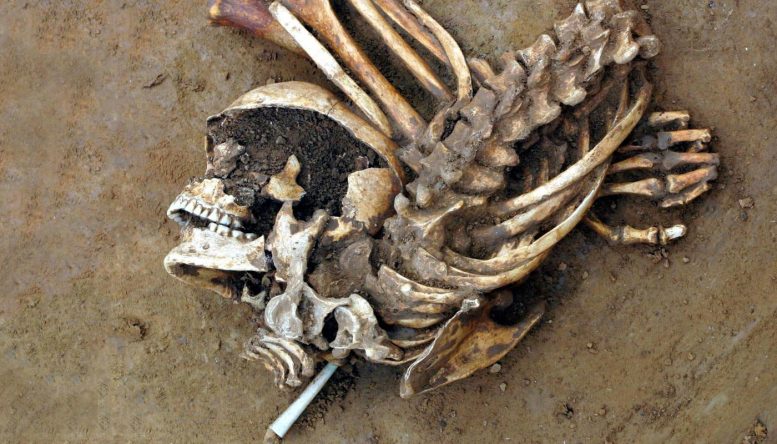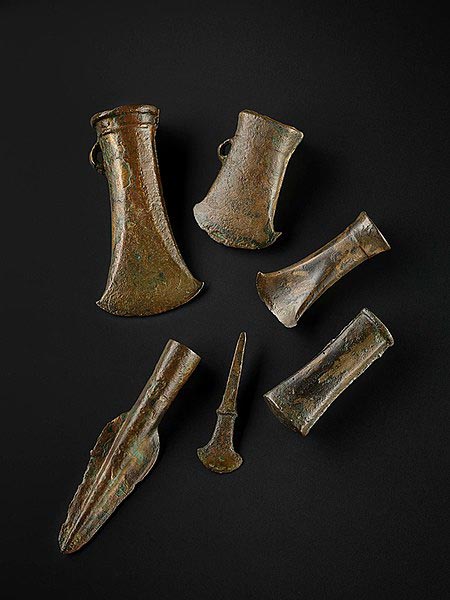 ‘Live your life as though your every act were to become a universal law’. EPA/ Salvatore Di Nolfi
‘Live your life as though your every act were to become a universal law’. EPA/ Salvatore Di NolfiThe coronavirus crisis has forced us to look at our behaviour in a way that we’re not used to. We are being asked to act in the collective good rather than our individual preservation and interest. Even for those of us with the best of intentions, this is not so easy.
This is a problem for governments. Practically, they need us to obey their recommendations and to only buy what we need. They can enforce these behaviours upon us through policing, but some, such as the UK government, have preferred to appeal to our sense of duty and morality to act in the interest of society as a whole. They say “we have to ask you” rather than “you must”. They are invoking a communal spirit to do what’s right. The key point being that we should follow guidelines out of a sense of duty rather than needing to be commanded. Judging from the fact that I am having to ration my coffee supply, this is having mixed success.
Friederich Nietzsche argues that appeals to morality are no less a system of power and discipline than the police. In his book The Genealogy of Morals, he argues that moral thinking arises first, not from a desire to be a good and happy human being, but from the upper classes as a way of distinguishing themselves from the lower classes – justifying why they had benefits those less fortunate did not.
He points out that, in most languages, the words for good and evil arise from the words for “clean” and “unclean”. The evidence of the moral nobility of the upper classes was their cleanliness and the decadence of the lower classes was proven by their dirtiness. This still seems to be true today, as we are told it is a moral duty to be clean and that those who do not obey the bodily discipline of handwashing, facial awareness and social distancing are not simply dangerous but selfish. READ MORE..













 (Étienne Léopold Trouvelot/Public Domain)
(Étienne Léopold Trouvelot/Public Domain)











